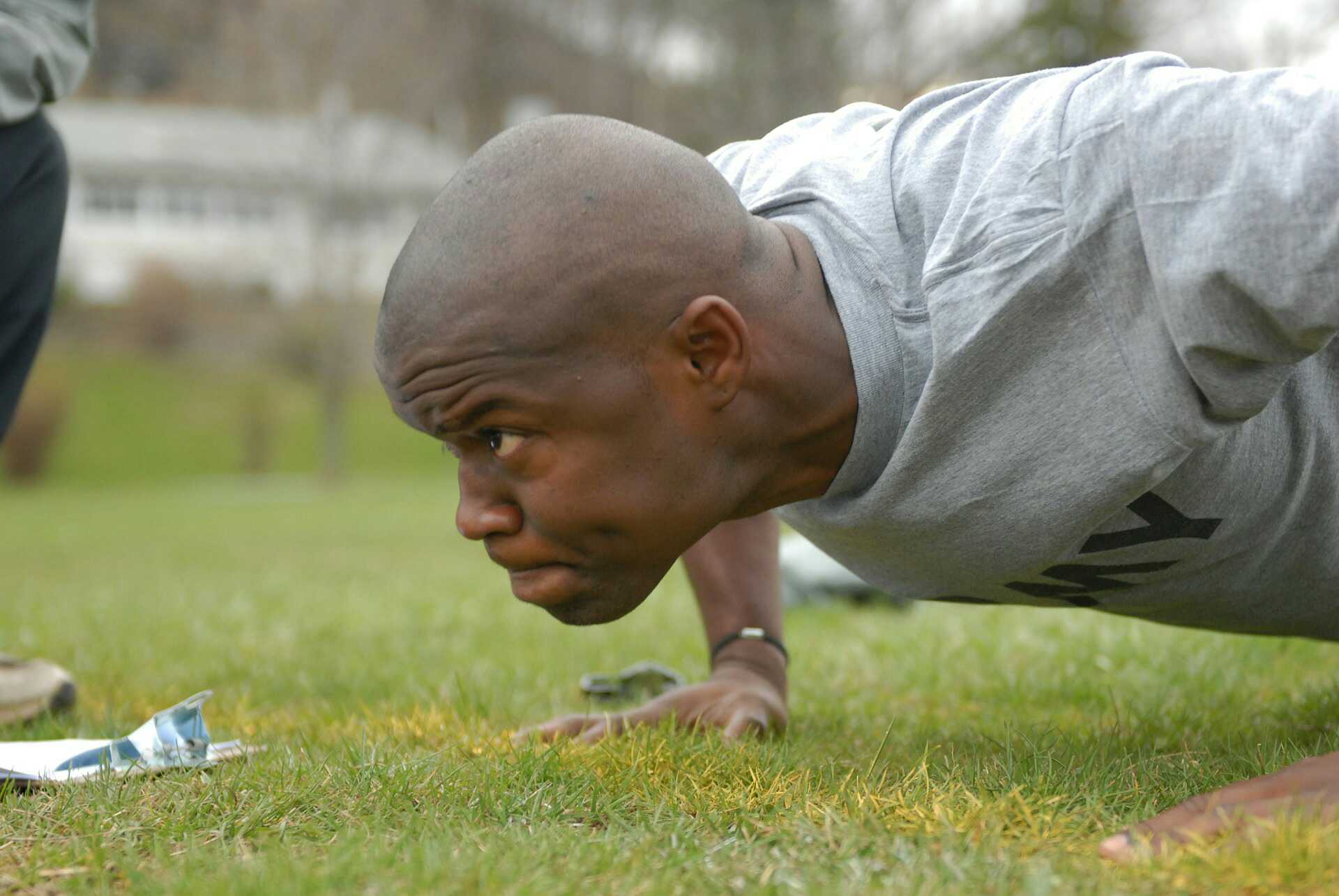Do you hate exercising? Maybe you’re not doing the right exercises! The best way to improve your body and health is by challenging your body with new or different exercises that can help improve your strength, endurance, flexibility, and balance. But there are also some exercises that you should avoid because they can hurt you or even cause an injury if performed incorrectly. Here are the top 10 exercises you should never do!
Yoga poses
![]()
There are a lot of health benefits associated with yoga, but there are also some yoga poses that you may want to avoid. Yoga is great for helping people achieve overall good health and wellness, but if you have certain health conditions or injuries, certain yoga poses might not be a good fit for you. For example, if you have high blood pressure or an autoimmune disease like lupus, it’s probably best to skip any inverted poses—meaning downward dog and shoulder stand (which can increase your blood pressure). Also avoid sleeping in any pose that twists your neck because it can aggravate stress on existing neck issues. If you suffer from anxiety, try doing some breathing exercises before attempting any headstands. And finally, always consult with your doctor before starting a new exercise routine.
Chest-Opening Pose (Urdhva Mukha Svanasana)

While it may be tempting to open up your chest by slouching forward in a standing position, it can also lead to a forward head and rounded shoulders. Slumping will not only affect how you look, but your overall back health as well.
Instead of doing traditional chest-opening poses—like Urdhva Mukha Svanasana—work on strengthening your shoulder blades by pressing them down and away from your ears, shrugs with weights (3-5 lbs) or doing handstand pushups against a wall.
These can help to open up space in your upper back while strengthening and opening up some of those important muscles that have been shortened. If you want to work on opening up your chest, try using a strap for support during inverted postures like Salamba Sirsasana (Headstand).
This will allow you to use gravity without overworking your neck and upper back.
Seated Forward Bend (Paschimottanasana)

Many people are familiar with seated forward bend, but few know how to do it correctly. Sit up straight on a mat or folded blanket with your legs crossed. Extend your arms in front of you and place them on top of your legs so that they rest on your thighs just above where your knees meet your thighs. Exhale as you lean forward, placing both hands down onto either side of each leg and spreading fingers wide apart.
Avoid rounding shoulders and sticking out head in an attempt to reach further—this is wrong! The goal here is to stretch your hamstrings and lower back muscles, not strain yourself. To deepen the stretch, press your hands into your legs and slowly sit back up again. Repeat for 3-5 breaths.
If you’re looking for more of a challenge, try bending one knee at a time toward your chest while keeping both feet flat on floor (you may need to sit closer to wall). When done properly, sitting forward bends can be very beneficial for relieving stress and tension in upper body while also stretching hips, hamstrings and calves.
However, if you have any type of lower back injury or disc problems then avoid doing these poses entirely because they could aggravate those issues even more than normal stretching would.
Lunge with Twist (Anjaneyasana)

The Lunge with Twist is a challenging pose for most beginners.
To deepen your lunge, put your palms on top of your thighs and then rotate them outward as you twist your torso to one side. Hold for a few breaths and come back to center before rotating to your other side. To relieve stress in the neck and shoulders, press your forearms against opposite elbows while you’re in an upright position or bring both palms together after you’ve twisted to one side. Repeat these steps on both sides as long as desired.
It’s important to take breaks between repetitions because it can be difficult for your muscles to keep up if you do too many repetitions at once. You may also want to use a yoga strap around your feet if you feel discomfort in your knees when doing repeated lunges. This can also help reduce pressure on the joints during each repetition.
Make sure that both feet are pointing forward so that all of your weight is focused into one foot when doing each repetition rather than half of it resting on each foot.
Although it may seem simple, there are several ways to get deeper into your lunge with twist.
If you need more support, try using a wall behind you or even placing a chair next to you and putting your hand on it for support. While holding onto something, try moving from side-to-side until you find what works best for you.
Be careful not to overdo it by twisting too far! If anything hurts or feels uncomfortable, stop immediately and don’t continue until everything feels okay again.
Don’t forget about safety either! Make sure that both feet are pointing forward so that all of your weight is focused into one foot when doing each repetition rather than half of it resting on each foot.
Bridge Pose (Setu Bandha Sarvangasana)

People with lower back problems should avoid it. This may sound counterintuitive because Bridge Pose is supposed to help with back pain, but it’s actually a highly stressful position for your spine.
To get into it, you lie flat on your back and lift your hips up until they’re in line with your knees, chest and shoulders. Then you tuck your chin in toward your chest so that you look like a table and hold for five deep breaths (two if you have a bad back).
This pose has tons of benefits for people without bad backs—it can stretch out tight hamstrings, improve balance, relieve stress and much more—but it’s not such a great idea if you have an existing issue.
If you want to try it anyway, just make sure you keep your chin tucked in and your neck relaxed. And if you feel any discomfort or pain, stop immediately! Also be careful when getting out of the pose: Don’t swing your legs over quickly; rather, use slow movements to bring them down one at a time. That way, you won’t risk jarring your back.




